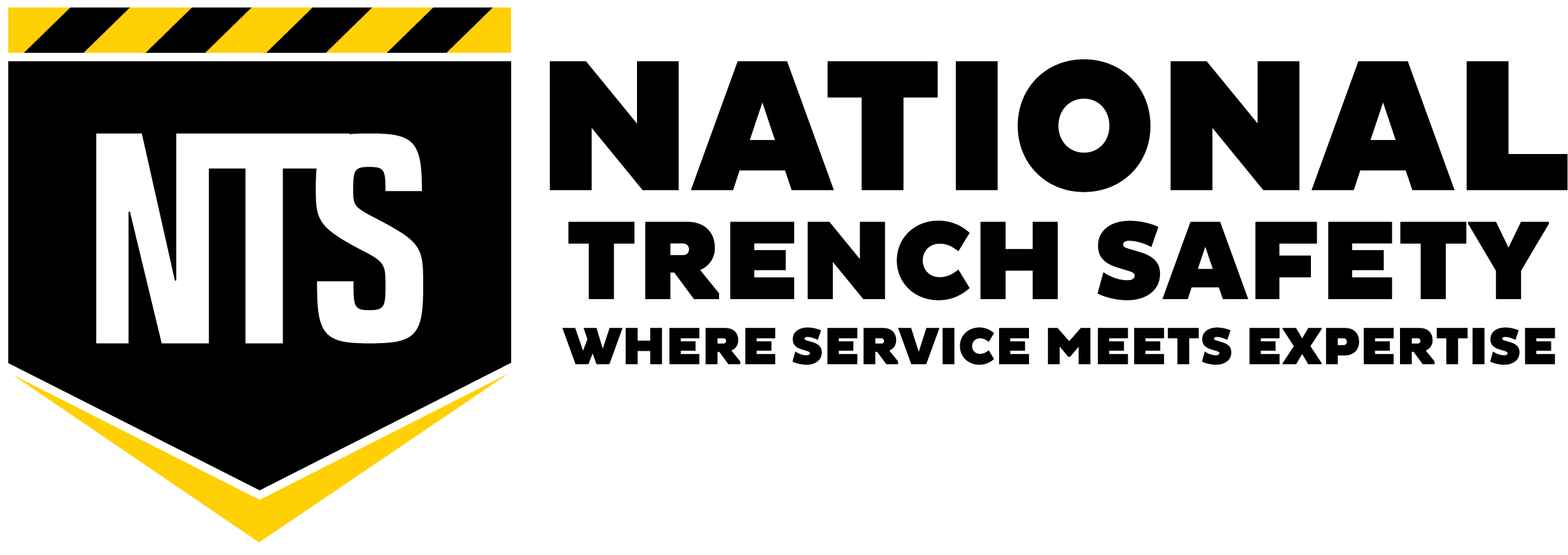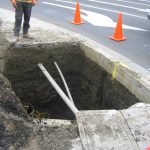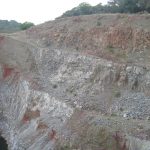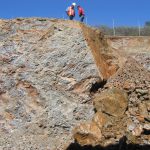Knowledge Article: Exceptions to the OSHA Requirements for Protective Systems
The following articles are a series focusing on Federal OSHA Subpart P Excavations 1926.652 Requirements for protective systems.
Exceptions to the Rule
Although OSHA allows trenches under 5’ deep to be left unsloped or unshored it is not a get out of jail free card, there are still requirements that impact the employer and its competent person regarding the excavation. The rule states:
1926.652(a)(1)-Each employee in an excavation shall be protected from cave-ins by an adequate protective system designed in accordance with paragraph (b) or (c) of this 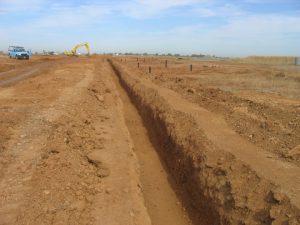 section except when:
section except when:
- 1926.652(a)(1)(i)- Excavations are made entirely in stable rock; or
- 1926.652(a)(1)(ii)- Excavations are less than 5 feet (1.52 m) in depth and examination of the ground by a competent person provides no indication of a potential cave-in.
This rule sets the responsibility for the safety of the workers in the trench squarely on the shoulders of the employer and its competent person. The competent person must make a decision about the stability of the trench.
For the competent person every decision should be backed with a reasoned approach to forming a conclusion, it is not a guess. In fact in all cases if the competent person is not sufficiently informed to reach a conclusion he should not hesitate to refuse to make the call and seek help from more knowledgeable persons within the company or from outside engineers. Unfortunately, in this instance and many others with OSHA requirements, there is no explanation for how to determine if rock is stable or if a 5 ft trench wall is stable. Here are some factors that should be considered when making these decisions:
- Stable rock condition is actually very hard to determine. Rock quality is determined by several factors, the most important of which are strength and crack planes.
- In soft rock trenches, excavated less than 5 ft deep, if the rock chunks can be pulverized easily with a an equal sized chunk it is too soft to stand even 5 ft deep. Freshly exposed soft rock takes in air and becomes even softer. Soft rock trench walls have been observed exploding and collapsing under the weight of the rock above.All rock formations have crack planes both vertical and horizontal. The
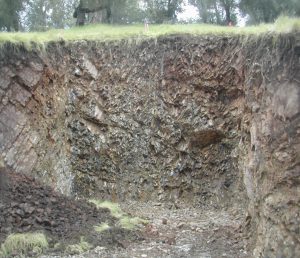 spacing and inclination of these planes is critical to rock stability. It makes sense that perfectly horizontal and vertical planes would be stable, anything inclined more than 15 degrees from horizontal or 5 degrees from vertical should not be considered stable. Even if the planes are leaning back into the trench wall on one side of the trench, on the other side of the trench the same planes are allowing the rock to slide into the trench.
spacing and inclination of these planes is critical to rock stability. It makes sense that perfectly horizontal and vertical planes would be stable, anything inclined more than 15 degrees from horizontal or 5 degrees from vertical should not be considered stable. Even if the planes are leaning back into the trench wall on one side of the trench, on the other side of the trench the same planes are allowing the rock to slide into the trench. - Due to the severity of rock structural collapse or rock fall it is recommended that in all cases of rock that an engineer be consulted to come to the site and make the decision. In the case of pipeline trenches in rock the engineer can go over the conditions and instruct the competent person on how to determine if the rock is stable.
In the case of trenches less than 5 ft deep and when the soil will not be classified as rock, the important factors are:
- If the soil is strictly sand and gravel, (contains no silt or clay fines) it is not stable at 5 ft deep. There should be some small fraction of cohesive soil to hold it together. Grab a handful of soil and dip it in water, if there are cohesive soils the water should be dirty, if it is strictly non cohesive the water will be white or clear.
- Observe the open excavation for raveling and trench wall collapse. If the trench wall stands over time, hours or as long as the worker will be inside the trench then it might be considered stable. If trench wall collapse is evident during the time period workers would be inside the excavation it should be shored. (Note: if observing an open excavation to determine the soil classification, employees should not be in the excavation.)
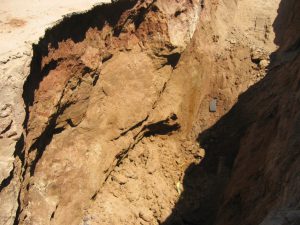
- The work activity that will take place in the trench should be considered. There is the theory that if there is a trench wall collapse in a 5 ft deep excavations the soil will fall down around the workers knees and not be serious. This is a bad assumption. Any trench wall collapse on a worker is unacceptable. A worker that is leaned over perhaps to stab a pipe or set a valve can still be inundated. If the workers are just grading and spreading pipe bedding the exposure is short term and the worker is standing; however the slap of the soil collapse against his legs can break them. Remember soil weighs approximately 125 lbs per cubic foot, a sack of cement weighs 96 lbs. Would you want anyone to kick a sack of cement off the top of a 5 ft trench toward your legs or your body if you are bent over or laying down. A minor trench wall collapse can involve several cubic feet of soil.
- Equipment and spoil pile setback should be pushed back at least 5 ft from the edge of the trench. This way there is no effect on the trench wall from surcharge loads.
The decision to avoid sloping or shoring should be carefully thought through. It is generally recommended in cases where it is easy to slope or shore to employ one of those methods to ensure worker safety. In those instances, where a protective system isn’t desired, a 3 ft trench depth may be a better depth to reduce some of the risk, although the contractor’s Competent Person must still make this decision. On projects that will have large runs of vertical walls and or trenches it is highly recommended that a registered engineer be consulted to help determine stability before deciding to leave the excavation unprotected.
About the Author:
Joe Turner, P.E. serves as National Trench Safety’s Director of Engineering, Research and Product Development. Mr. Turner is one of the most recognized figures in the trench safety industry, having provided trench safety plans for the last 20 years. Among his many accomplishments, is the book Excavation Systems, Design, Planning and Safety, which was published by McGraw-Hill in 2008 and is still used today as a reference for many students and professionals regarding proper engineering techniques.
DISCLAIMER: the information contained in this article is provided for general and illustrative purposes only and is not to be considered Site Specific and or designated engineering for any project or work zone, nor is it to be used or consider to be tabulated data, technical data, advice and or counsel to be used on any jobsite. Each project is different and is the responsibility of the employer’s designated Competent Person to make decisions upon what systems and methods may be used in compliance with the federal and local regulations, manufactures tabulated data, engineered drawings and other plans.
